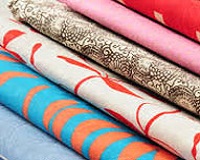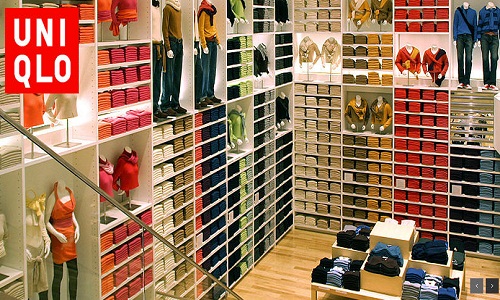"With textile and apparel export volume of close to $12 billion and a workforce of almost two million people, the Indonesian garment and textile industry has been raising the bar in global textiles market. The Indonesian government has set a target of increasing the nation’s value of textiles exports to $75 billion by 2030. With this, Indonesia’s textile and apparel products would have 5 per cent share in the global market."

With textile and apparel export volume of close to $12 billion and a workforce of almost two million people, the Indonesian garment and textile industry has been raising the bar in global textiles market. The Indonesian government has set a target of increasing the nation’s value of textiles exports to $75 billion by 2030. With this, Indonesia’s textile and apparel products would have 5 per cent share in the global market.
And, there are homegrown designers who are ably pushing this growth. Michelle Tjokrosaputro, Chief Executive, Dan Liris, is the name behind global behemoths like Calvin Klein, Tommy Hilfiger and Marks & Spencer. At the recent Jakarta Fashion Week, she shared her expertise with the next generation of designers. She provides a portfolio of services such as auditing, subsidised courier services, sustainability management, quality control and specialised state-of-the-art machinery. Like her, there are other designers who are pushing the ‘Made in Indonesia’ tag.
‘China Plus One’ strategy

Recent PwC studies reveal Indonesia will become the 5th biggest economy in the world in 12 years’, moving up from 16th place and surpassing the likes of Brazil, Russia and Germany. Anne Patricia Sutanto, Chief Executive, Pan Brother Tex, one of the largest Indonesian manufacturers producing for the likes of Uniqlo, points out there are three massive factories just for the Japanese brand and ASICS shoes. Indonesian apparel manufacturing will play a huge role in the country’s future in the next 20 years. There is no doubt Indonesia with its large population will have a huge influence on both manufacturing and sourcing as well as consumers’ buying. This industry will have a multiplier effect and give a major boost to the economy provided the government is willing to see this labour-intensive industry as pillars of growth. Pan Brothers Tex also has tie-ups with Indonesian retail brands like Salt n Pepper and Zoe Black.
While China undoubtedly remains a powerhouse in the region, Indonesia is benefitting from China’s rising labour costs, prompting companies to diversify in the region by following what’s called a ‘China Plus One’ strategy. Like China, Indonesia has the advantage of a domestic supply of raw materials, an expansive labour force and a big domestic economy that is transitioning steadily from low income to middle income. Unlike China, however, it is integrated into the Association of Southeast Asian Nations (ASEAN).
Besides, manufacturing is becoming increasingly sophisticated with vertical operations in spinning, weaving, printing and garment plants, making them a one-stop destination for international clients. One such example is Java-based Sritex that makes 8 million pieces of apparel a year for bigwigs like Uniqlo, Guess and H&M.
Fast fashion driving growth
Helena Helmersson, H&M’s Global Head of Production, says the advantage of manufacturing in Indonesia is the great mix of fashion, price and sustainability. Today, biggest international buyers in Indonesia are fast fashion giants or those operating diffusion labels of designer brands. It is high-volume sportswear production that allows major multinational sportswear brands — Adidas, Mizune, Asics, New Balance, Nike, Pentland and Puma — to keep up with global demand, and expand into new countries. Because of its investments in technology, innovation and training, Indonesia is being regarded as an advanced sourcing opportunity. And where it cannot compete on price, it can on scale.
The government too has been pushing many infrastructural projects and bureaucratic slimdown in order to ease business. The industry is anticipating zero tariff (access) to the Australian market will happen next year and hopefully zero tariff or a free trade agreement with EU will be signed by end of 2018. This will help Indonesian industries grow further allowing them to compete with neighbouring Vietnam and Bangladesh. Indonesia already has free trade agreement with Japan, which has brought scores of Japanese brands to manufacture in the country.












